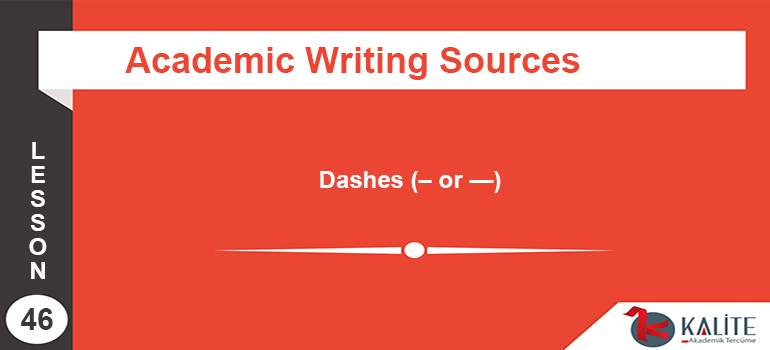
Dashes (– or —)
Dashes are used often as a matter of emphasis or to signal a change in tone, and the grammatical rules for their use are loose—they can be used in some of the same places as commas, colons, semicolons, and parentheses.
Beginning writers often confuse dashes with hyphens, probably the most common dash-related mistake.
Dash as a hyphen
| Examples |
| “Some years ago-never mind how long precisely-I thought I would sail about a little and see the watery part of the world.” |
| “Some years ago – never mind how long precisely – I thought I would sail about a little and see the watery part of the world.” |
| “Some years ago – never mind how long precisely – I thought I would sail about a little and see the watery part of the world.” |
| “Some years ago—never mind how long precisely—I thought I would sail about a little and see the watery part of the world.” |
Note the difference between the size of the dashes in the last two examples. The shorter is an “en dash” while the longer is an “em dash.”
Most copy editors will advise use of the em dash, except in very particular circumstances, but in practice many writers use these two interchangeably. If you choose to use the “en dash” to punctuate your sentence structure, use it consistently and avoid the “em dash.”


